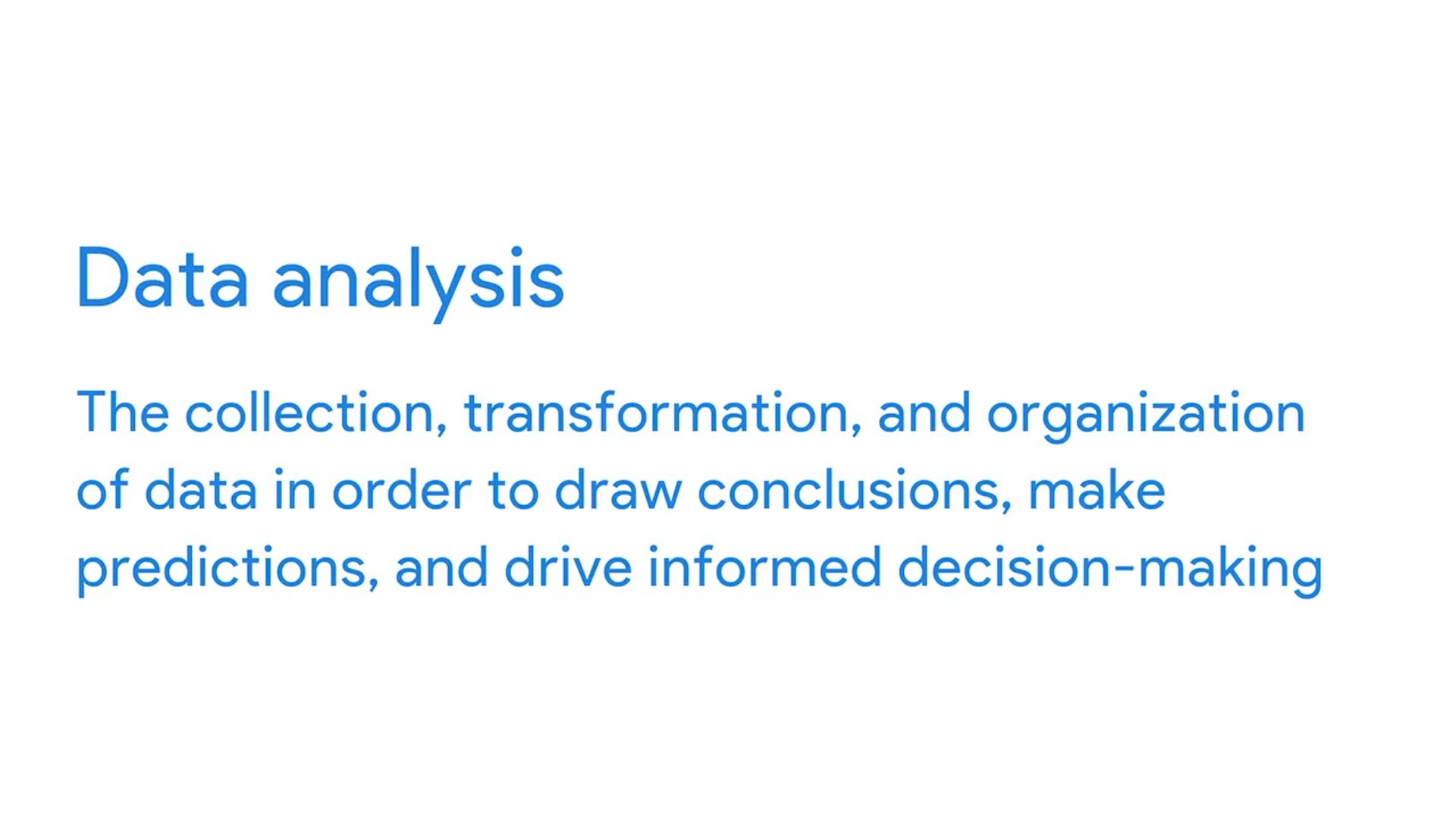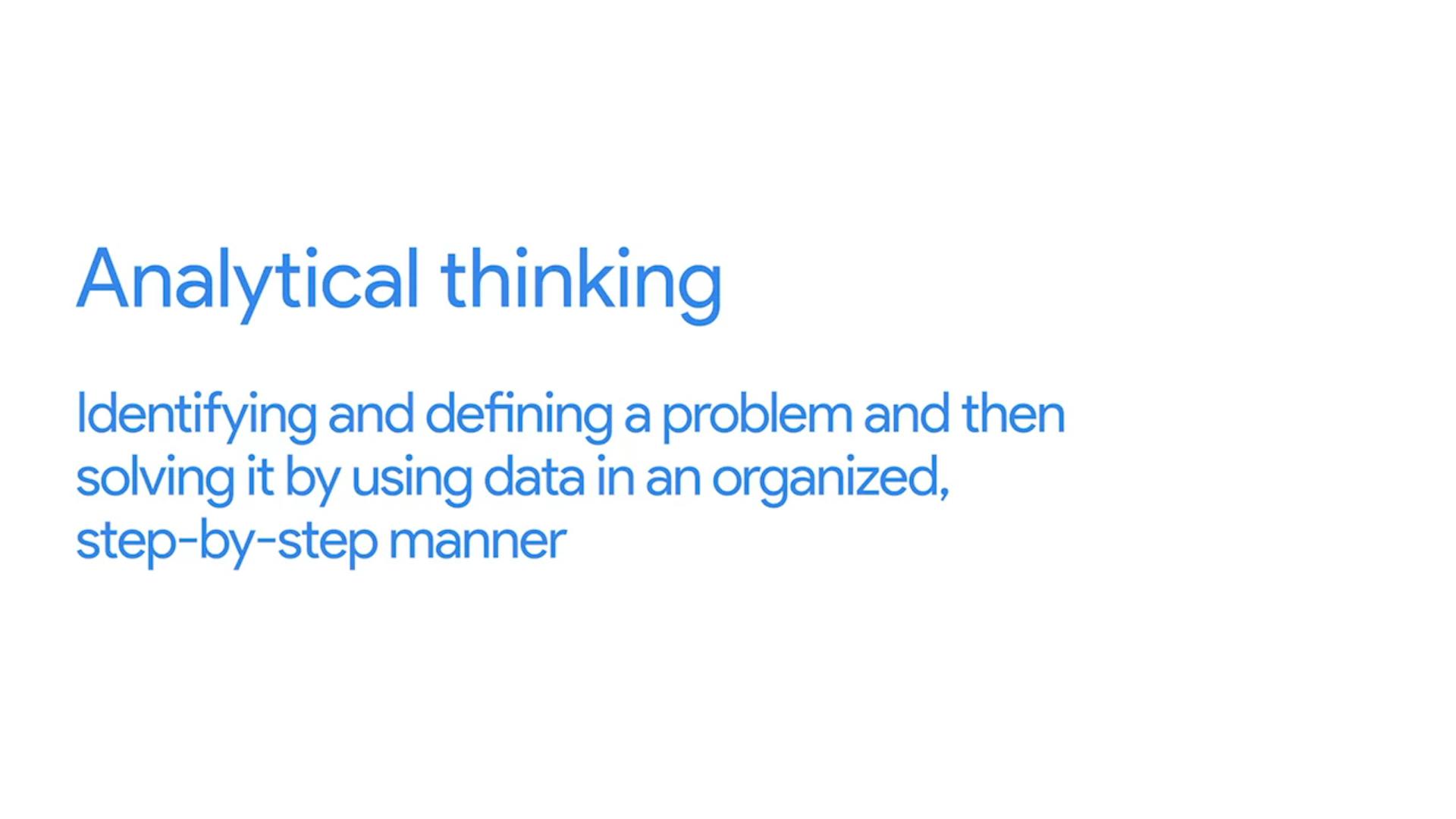Google Data Analytics 1— “Foundations:Data, Data, Everywhere”
Hey guys, I am Shweta Jagdhane. I am a recent software engineering grad. This is my first blog on @hashnode
 I am a recent software engineering grad. Always grinding leetcode, hackerrank became a chore to me. I was doing those things just for the sake of it. Add “getting a job” to the list and you have a freak there. Worried out of my mind about how I am gonna get a job with the recession coming, waiting for the results and so many things.
I am a recent software engineering grad. Always grinding leetcode, hackerrank became a chore to me. I was doing those things just for the sake of it. Add “getting a job” to the list and you have a freak there. Worried out of my mind about how I am gonna get a job with the recession coming, waiting for the results and so many things.
One day while watching YouTube, I stumbled upon a “Become a data analyst in 3 months” video. I watched the the video for fun but then realized some of the technologies used in data analysis are known to me. I have always loved SQL, I prefer to code in Python and so things started to become a bit clear and now I have so many things on my mind that I can do with data analytics.
Finally I decided to learn data analytics and most common resource was Coursera. Google Data analytics certificate was on top of the resources and I signed up for it.
 Google data analytics professional certificate
This certificate is a professional specialization consisting of 8 courses.
Google data analytics professional certificate
This certificate is a professional specialization consisting of 8 courses.
The first course in this specialization is “Foundations: Data, Data, Everywhere”. This course teaches about the importance of data in data analysis. This is a 5 week course.
The six steps of the data analysis process in this program are: ask, prepare, process, analyze, share, and act.
Collecting and using data ethically is one of the responsibilities of data analysts
Analysts use data-driven decision-making and follow a step-by-step process.
This course teaches us how to think analytically.

There are 5 Data analytical skills that identify you as a analyst :
- Curiosity
- A technical mindset
- Understanding context
- data design
- data strategy
It also describes the data life cycle phases.
Variations of the data life cycle
- Plan: Decide what kind of data is needed, how it will be managed, and who will be responsible for it.
- Capture: Collect or bring in data from a variety of different sources.
- Manage: Care for and maintain the data. This includes determining how and where it is stored and the tools used to do so.
- Analyze: Use the data to solve problems, make decisions, and support business goals.
- Archive: Keep relevant data stored for long-term and future reference.
- Destroy: Remove data from storage and delete any shared copies of the data.
- Organize your data in table
- This teaches us how to organize data in excel and visualize it using different types of charts.
SQL in action How to use SQL to organize data in tables.
Data viz In this we learn about data visualization, its importance and different tools we can use to make dashboards
In the final week we learn about different job opportunities in this field.
This course will give you an idea of all the things that are required to become a data analyst. It is taught by Google industry experts. It is very simple and will definitely motivate you to go further.
If you liked reading this article, follow me for more.
Next course coming soon!
